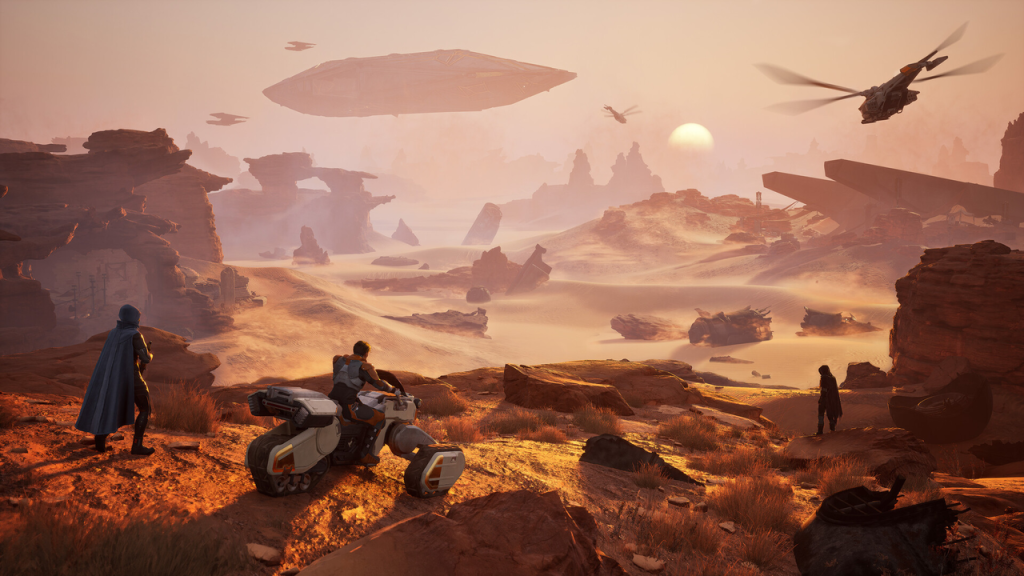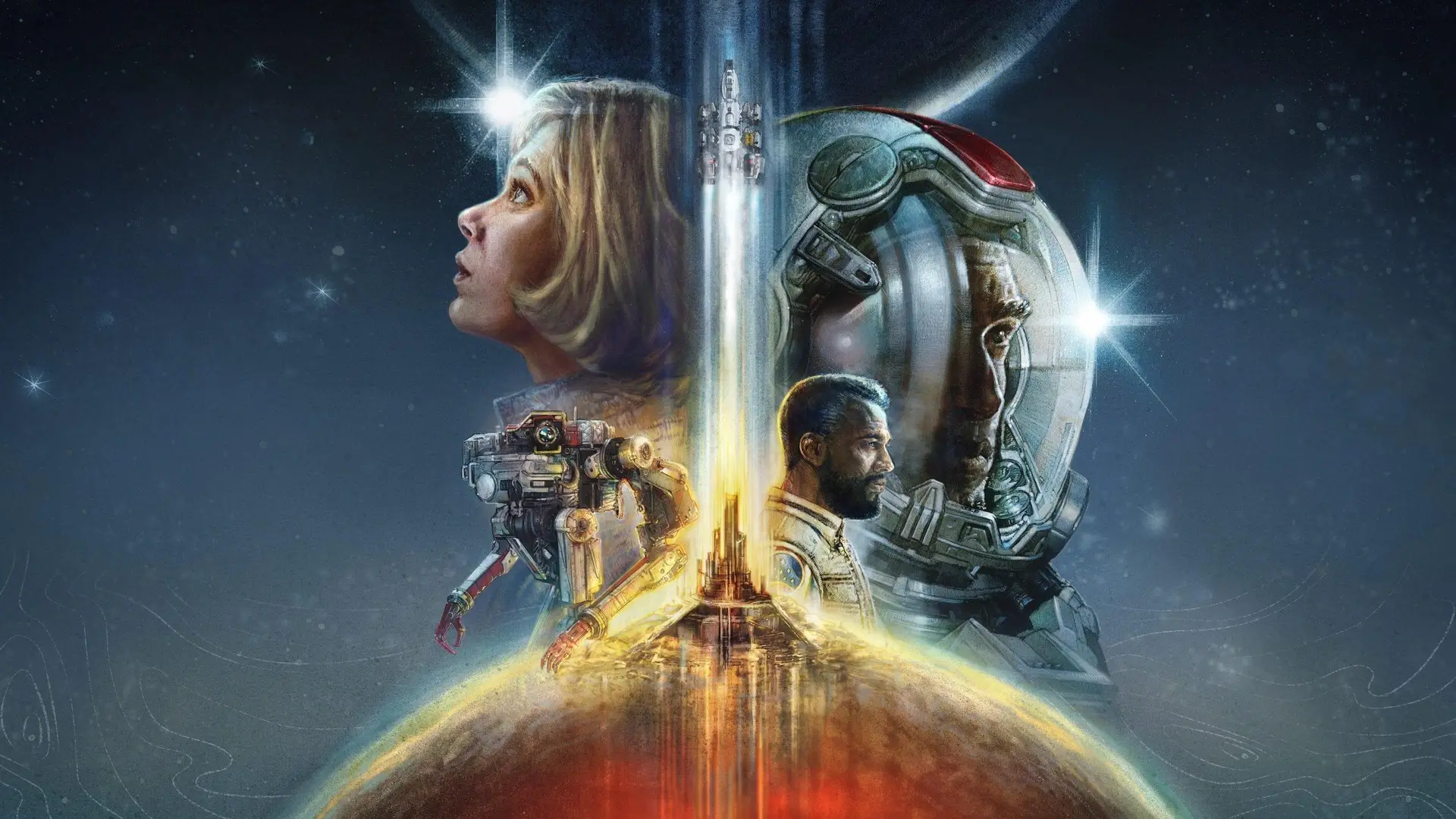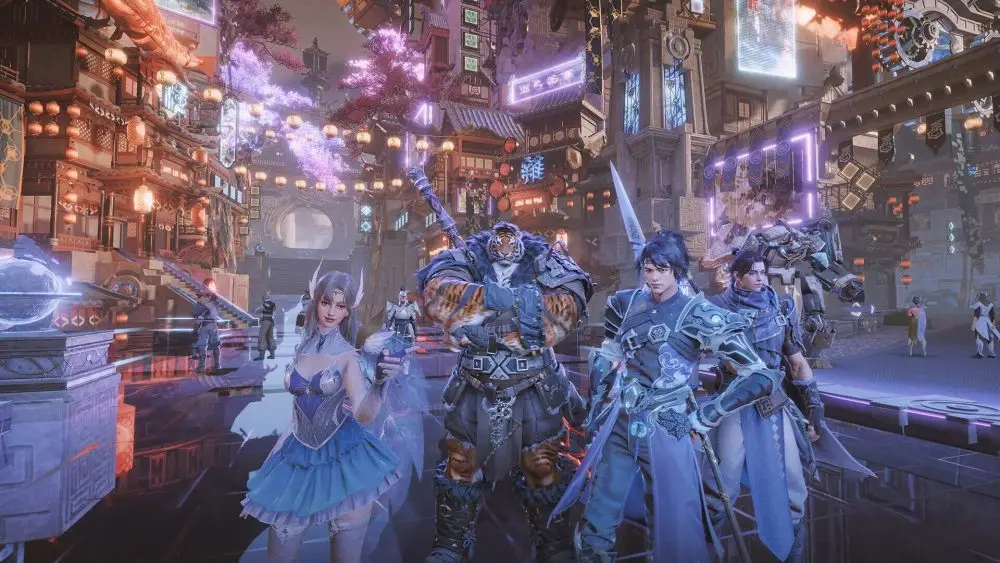The MMO genre doesn’t just create games; it builds entire worlds. Hundreds of developers spend years designing landscapes, writing classes, customizing combat systems, and investing millions in graphics and online architecture. Not every project makes it to release. Some disappear, leaving behind only concept art, technical prototypes, and the community’s bitter expectations. Behind every abandoned MMO game lies a decade of decisions, hundreds of hours, and millions of lost dollars. Let’s explore these projects below.

Titan: Ambitions that Couldn’t Bear the Weight
Blizzard launched Titan in the mid-2000s, aiming to create the next milestone after the success of World of Warcraft. The developers incorporated elements of a futuristic world, a dual identity system (a regular person during the day and a superhero at night), a customizable combat system, and global PvP mechanics. The platform was designed to utilize an updated engine that catered to high user density and cross-server events.
The team expanded to 140 members. The budget exceeded 70 million USD. After seven years of work, the studio froze the project. The reason was a conceptual dead end. Too complex internal logic destroyed the balance. Mechanics clashed with each other. A multifunctional skill system was not amenable to optimization. Only the skeleton remained from the concept — it was the basis for Overwatch. Abandoned MMO games rarely give a second life to the material, but Titan was an exception.
EverQuest Next: Destroying the Classics
 Sony Online Entertainment (later Daybreak) announced EverQuest Next as a relaunch of the iconic franchise. The developers shifted their focus to procedural world generation and destructible environments. Players would have the ability to influence the map’s topography, construct structures, and destroy fortresses in real-time. The class system featured over 40 specializations. The artificial intelligence of mobs would respond to player actions. The visual style aimed to strike a balance between stylization and detail to facilitate rendering in dynamic environments.
Sony Online Entertainment (later Daybreak) announced EverQuest Next as a relaunch of the iconic franchise. The developers shifted their focus to procedural world generation and destructible environments. Players would have the ability to influence the map’s topography, construct structures, and destroy fortresses in real-time. The class system featured over 40 specializations. The artificial intelligence of mobs would respond to player actions. The visual style aimed to strike a balance between stylization and detail to facilitate rendering in dynamic environments.
By 2016, the studio had stopped development. The reason was the technological unpreparedness of the engine. The combination of procedural generation with MMO-server architecture gave birth to critical bugs. Performance fell below 20 FPS even on internal tests. EverQuest Next went down in history as a symbol of unrealized opportunities.
World of Darkness: Vampire Mysteries Online
CCP Games began developing World of Darkness in 2006. The game was based on the universe of the same-name tabletop RPG, which included factions of vampires, werewolves, and mages. The project’s primary focus shifted towards social mechanics, such as influence management, clan intrigues, and a deep political hierarchy.
The gameplay emphasized a minimal focus on PvE and a high degree of role-playing improvisation. Every action within the world had an impact on the environment. CCP aimed to implement a permanent death mechanic, where killing a character would affect the political landscape of the city. After eight years of development and a merger with White Wolf Publishing, the project was frozen. The reason was insufficient monetization of the idea. Players were waiting for combat mechanics, but the development was stuck on the design of social interaction. Abandoned MMO games fell due to technical reasons, and conceptual errors also ruined projects.
Project Copernicus: The Unexplored Universe by 38 Studios
38 Studios, with a team of industry veterans, was developing Project Copernicus as an MMO based on the Kingdoms of Amalur universe. The title was launched with the support of the state of Rhode Island. The graphics aimed for a high level of detail, stylistically similar to World of Warcraft. The lore was created by R.A. Salvatore, the author of bestselling fantasy novels. The game featured a flexible class system, quests, and unique faction development mechanics.
The game showcased its first trailer two months before the studio’s closure. The reason was a funding gap. The debt to the government exceeded 75 million USD. Development stopped without a beta testing phase. Project Copernicus became one of the most ambitious crowdfunding failures in history.
Chronicles of Elyria: Promises vs. Reality
Soulbound Studios raised over 8 million USD on Kickstarter, promising a next-generation MMO. The project featured original mechanics, such as character aging, death with real consequences, generational changes, and dynamic state and territory formation. Players were responsible for managing physical conditions, resources, climate, and demographics. The game integrated PvE and PvP into a unified territory management framework.
The community anticipated the first alpha build in 2019, but the studio only released a technical demo. Complaints about a lack of transparency, delays, and a shift in product focus led to the project’s collapse. In 2020, the founder of Soulbound announced the discontinuation of development, followed by a partial resumption using their own funds. This is one of the abandoned MMO games that has sparked significant controversy and legal challenges from users.
Reasons for canceling MMO projects
Abandoned MMO games didn’t disappear due to a single error. More often, it was a combination of issues: management, technology, market, and design. Key reasons include:
-
Excessive ambitions and a lack of a technological base.
-
Insufficient funding and unstable business models.
-
Blurred concepts and a change in the target audience.
-
Problems with server scalability.
-
Conflicts within teams and changes in leadership.
-
Overheated player expectations formed before the prototype was released.
-
Failure to adapt to trends such as free-to-play, mobile, and cross-platform.
Lessons from Failures: What Abandoned MMO Games Reveal
Every canceled project reveals the vulnerabilities of the gaming industry. Analyzing such cases allows us to build a more sustainable strategy for future developments. The examples of Titan and EverQuest Next demonstrate that even experienced teams can make mistakes in terms of scale and implementation. Creating an online world requires a synergy between technology, game design, marketing, and an engaged community.
World of Darkness has demonstrated the danger of an imbalance between gameplay expectations and the philosophy of the project. The players wanted action, the developers were building a role-playing theater. The mismatch of goals destroyed the architecture of interaction. Chronicles of Elyria is a textbook example of unfulfilled promises. The game tried to combine dozens of innovations, forgetting about infrastructure and hypothesis testing in the early stages.

Projects like Project Copernicus show how detrimental external investment conflicts can be. Even with big names and a strong lore, a financial failure can shut down an ambitious project without the right to try again.
Forecast: How Will MMOs Change in 2025?
 The online market in 2025 has strict requirements for the development of MMO projects. Users expect cross-platform support, fast updates, social engagement, and high technical stability. Developers are striving for modular architecture to reduce the risk of component failure. Investments are increasingly made in a milestone-based format, rather than as a single infusion.
The online market in 2025 has strict requirements for the development of MMO projects. Users expect cross-platform support, fast updates, social engagement, and high technical stability. Developers are striving for modular architecture to reduce the risk of component failure. Investments are increasingly made in a milestone-based format, rather than as a single infusion.
The gaming community has changed: there’s increased sensitivity to unfulfilled expectations, distrust in long development cycles, and negativity towards crowdfunding failures. Repeating the Elyria story in the current reality would cause irreversible damage to the studio’s reputation.
However, the interest in the genre remains high. New technologies, such as UE5, cloud rendering, and distributed servers, offer opportunities that Titan could only dream of. However, the primary challenge remains the same: creating a balanced product where mechanics, economics, and social core work in sync.
 en
en  ru
ru  de
de  ar
ar  es
es  hi
hi  fr
fr  nl
nl  it
it  pt
pt  el
el 









